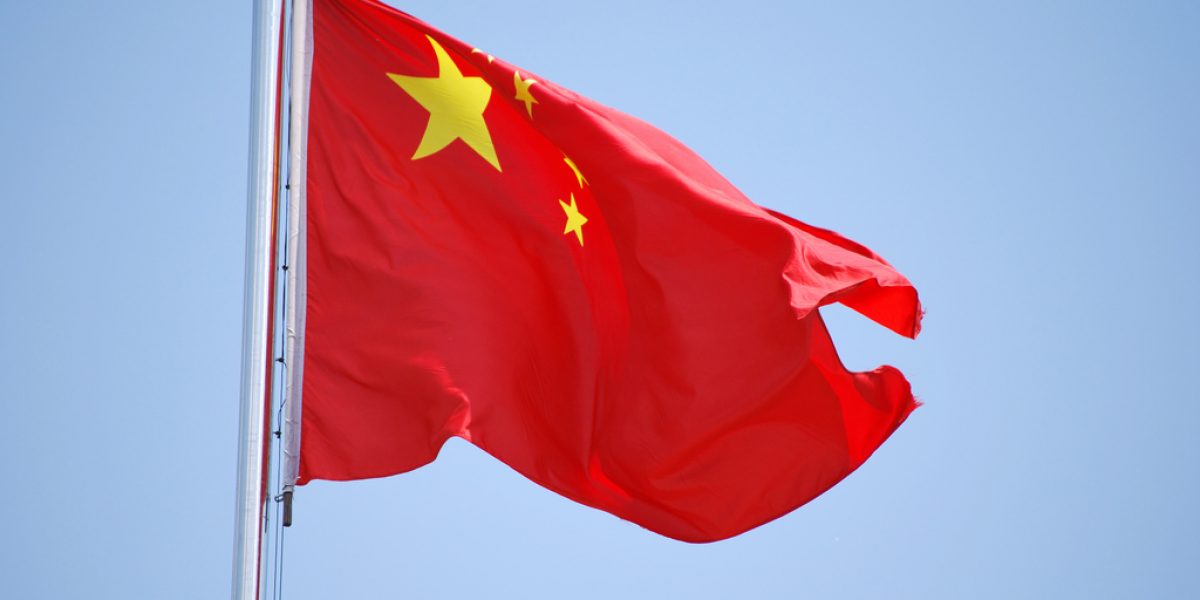For example, if the People’s Republic had to reach US car ownership levels, it would consume more oil than is currently produced daily and the 600-million cars on China’s roads would be more than all the cars in the world today; and if the Chinese annually ate as much fish per capita as the Japanese, they would consume the entire world fish harvest.
Behind these routine empirical flourishes lies a simple issue: the nearly 10% annual Chinese economic growth over the past 20 years, and what this means for economic prosperity — and development strategies — as we know them.
China presents Africa with major threats and opportunities.
In the latter category is the boom in extractive industries including oil and mining, driven in part by Chinese demand. In 2004, China’s imports from Africa increased more than 80% to just under $16bn, driven mainly by oil imports. China now imports more than 25% of its oil from Africa.
But commodity booms have historically, too, proven to be a long-term threat to economic development for a number of reasons. First, such upswings can result in the Dutch-disease of overvalued currencies and a related failure to diversify economically.
Second, there is the danger that China will swamp Africa with cheap manufactured goods. In 2004, China’s total exports to Africa touched $14bn, up more than 35% over 2003.
Third, China’s reach into third-party markets reduced further still the ability of Africa to develop its own alternatives, given both the scale and productivity advantages of their Chinese competitors.
Fourth, China has traditionally operated with principal concern for its own needs, and African governance and democratisation second. It is debatable whether Chinese lines of credit outside of international financial institutions will improve the African governance record on accountability and transparency. The $2bn credit line to the Angolan government and $4bn worth of Chinese investment in Sudan is moot — both necessary to satiate China’s increasing hunger for energy.
Fifth, there is concern about the longer-term effect of the arrival of large numbers of Chinese firms and citizens in Africa.
Is this a second colonisation and does it threaten to crowd out local business? Or will the effects be less deleterious and rather instill improved competitiveness and standards in African economies?
What are the options? Some possible answers lie in unlikely places.
China’s growth and appetite for natural resources has posed similar challenges for resource-rich Latin America, a continent with a similar challenge to Africa — underdevelopment, marginalisation and social inequality. As in Africa, cheaper Chinese products have started flooding the Latin American market, undercutting local suppliers and entire industries. Low-cost producers in Brazil and Mexico in particular have felt the “China squeeze”.
At the end of 2004 President Hu Jintao visited Latin America countries to “deepen political and economic ties”. Hu proposed large-scale trade and investment with Latin American countries, geared towards developing infrastructure and modernising extraction industries.
In return China wanted market economy recognition, which would grant its low-cost producers easier access to the lucrative Latin American consumer market.
Brazil and Argentina, the two largest economies of the southern cone, quickly agreed to this, but with different strategies in mind: Brazil in seeking a market for its hi-tech goods, Argentina principally in growing its agriculture and semiprocessed exports to Los Chinos.
Argentina’s largest export to China is soya, including $3bn of soya oil. No surprise the maize fields of the agriculture-rich provinces of Santa Fe and southern Buenos Aires have been converted to soya.
Argentina is also looking to increase its exports of processed and semiprocessed products including leather, processed meats, plastic, furniture and timber products to China. A nationwide target to supply 20% of China’s semiprocessed imports has enticed producers all over the country to look eastward.
All this suggests that African economies can compete in areas where its climate and conditions are well suited. But this comparative advantage is not fixed, too, with the development of new crops, seeds and farming techniques. Thus other avenues have to be sought. For example, high-speed connections may make it possible to move even low-cost Chinese operations to African back offices.
Just as it demands proactivity and not policy passiveness, the path of African — and Latin American — development vis-a-vis China is not static. Much depends on what happens in China. As China leverages technology and its people become richer, lower-wage countries may be able to compete better.
This process may also be influenced by environmental pressures within China demanding a more knowledge- rather than manufacturing-based economy. The continuous demand for higher productivity and increasing mechanisation is already having an effect: one recent study shows that between 1995 and 2002 China, now regarded as the manufacturing capital of the world, lost 15% of its manufacturing jobs compared with 11% in the US, 16% in Japan and 20% in Brazil.
The Chinese leadership may also realise at some point that it is in their long-term interest, too, that the global economy is not overwhelmingly weighted in its favour — hence, for example, the response to pressure to revalue its currency.
China faces other constraints and pressures: Beijing will have to learn to free up stifling regulations on private enterprise, key to accelerating the pace of innovation. At the other end of the scale, by 2015, China will being begin to feel the effects of its one-child policy, with a slowing in the supply of cheap and youthful labour.
Of course, ultimately the path of African development — and its relationship with China — does not depend on what happens in China, but instead hinges on the response of the continent’s own states to their plight. Low levels of productivity, high transaction costs, poor and costly access to markets, labour market rigidity and lukewarm receptiveness to investors are among key factors inhibiting African countries from becoming key sources of supply for manufactured products and light assembly items. Dealing with these constraints has, after all, put China where it is today.








